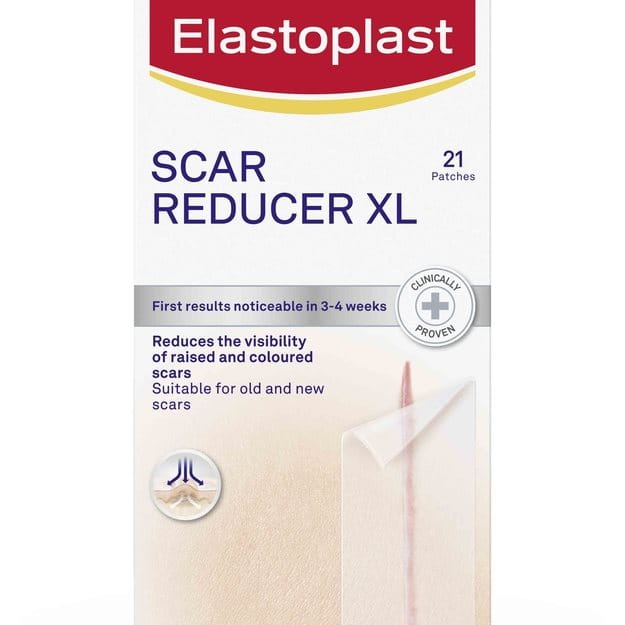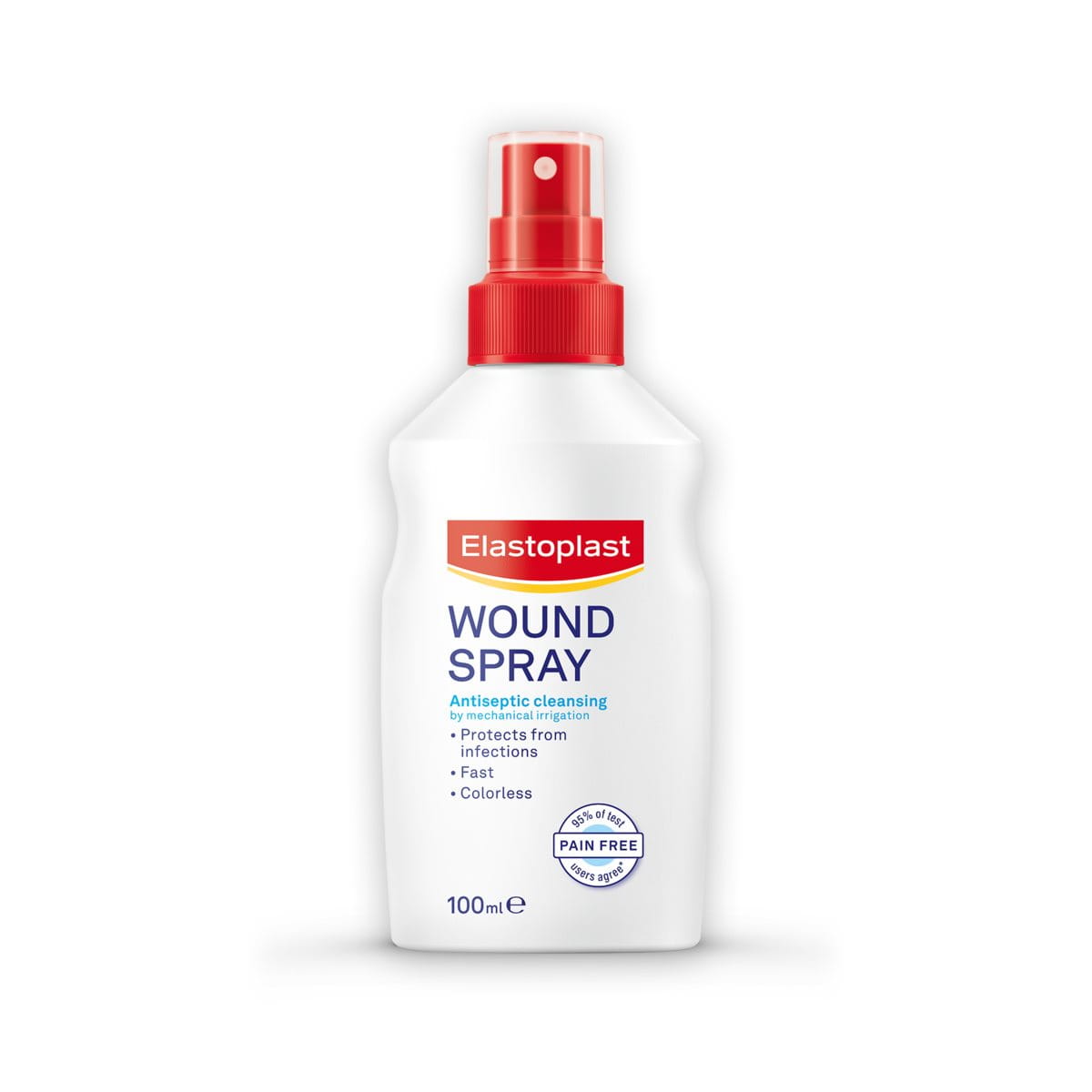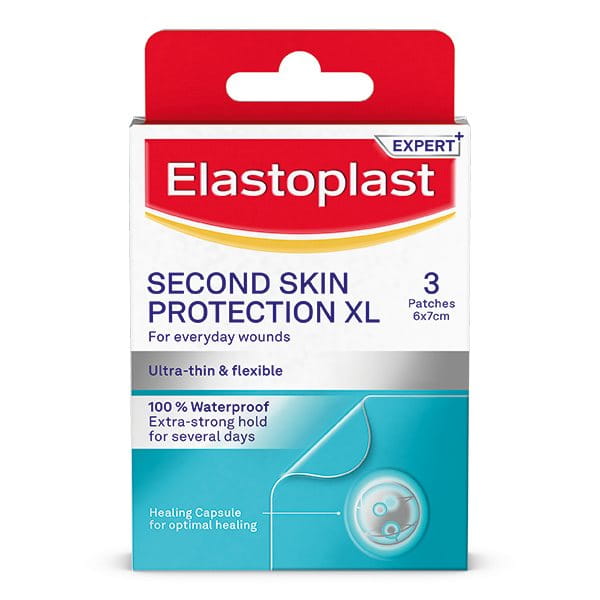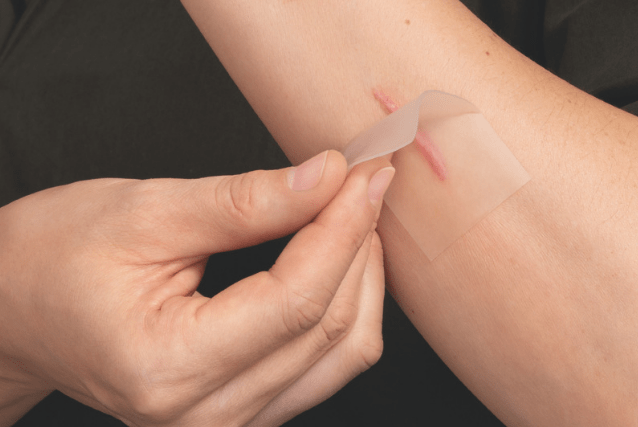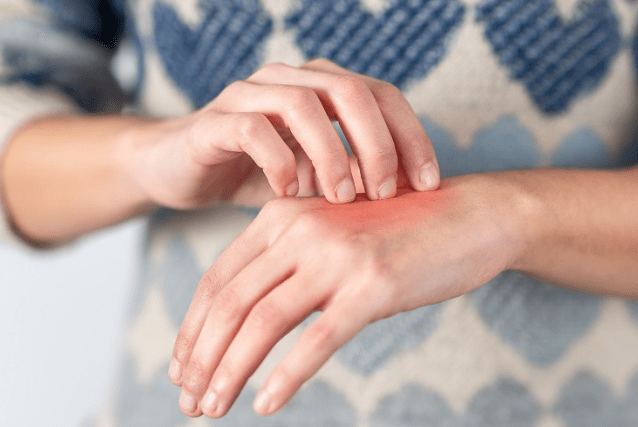Published: June 2025
Friction burns are a common type of skin injury caused by rubbing or scraping the skin against a rough surface, also known as an abrasion. While they might seem minor at first, they can be painful and, in some cases, lead to infection or more serious skin damage. Whether it's a scraped knee from a fall or a rope burn during exercise, understanding how to treat and prevent friction burns is essential for proper wound care.

